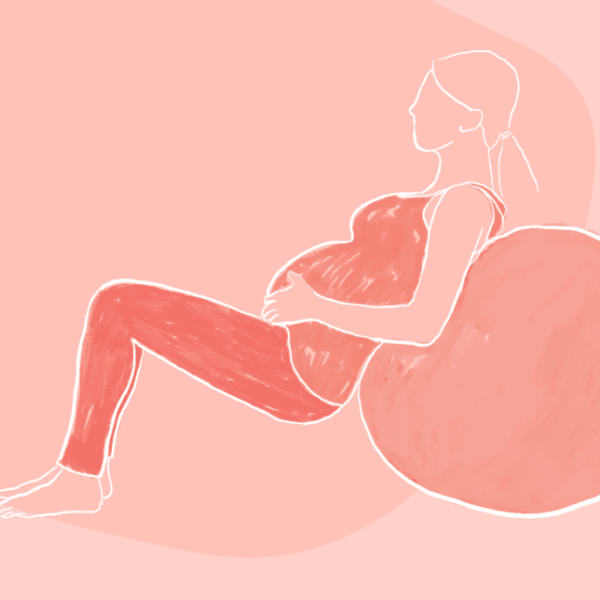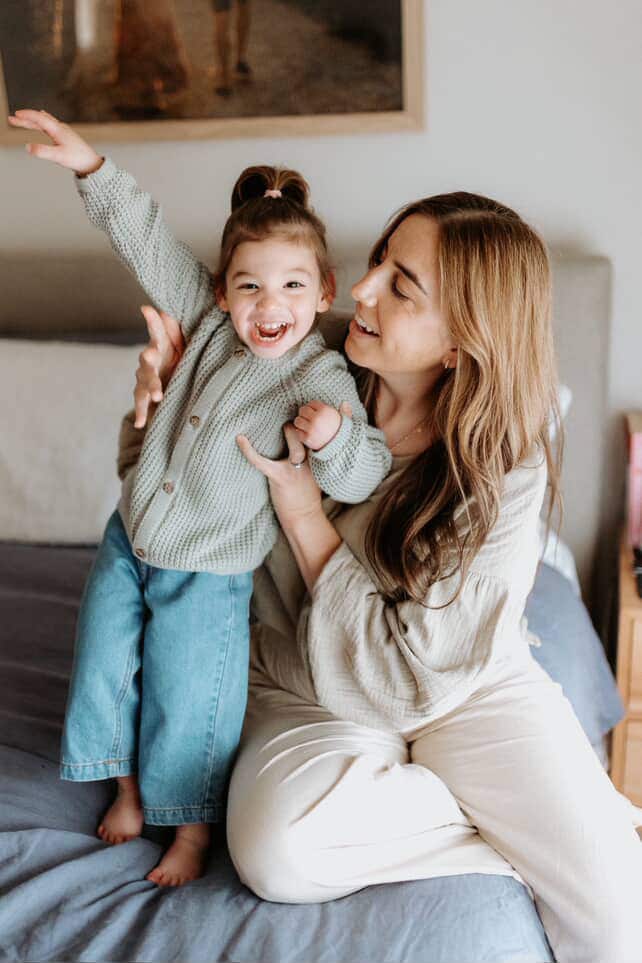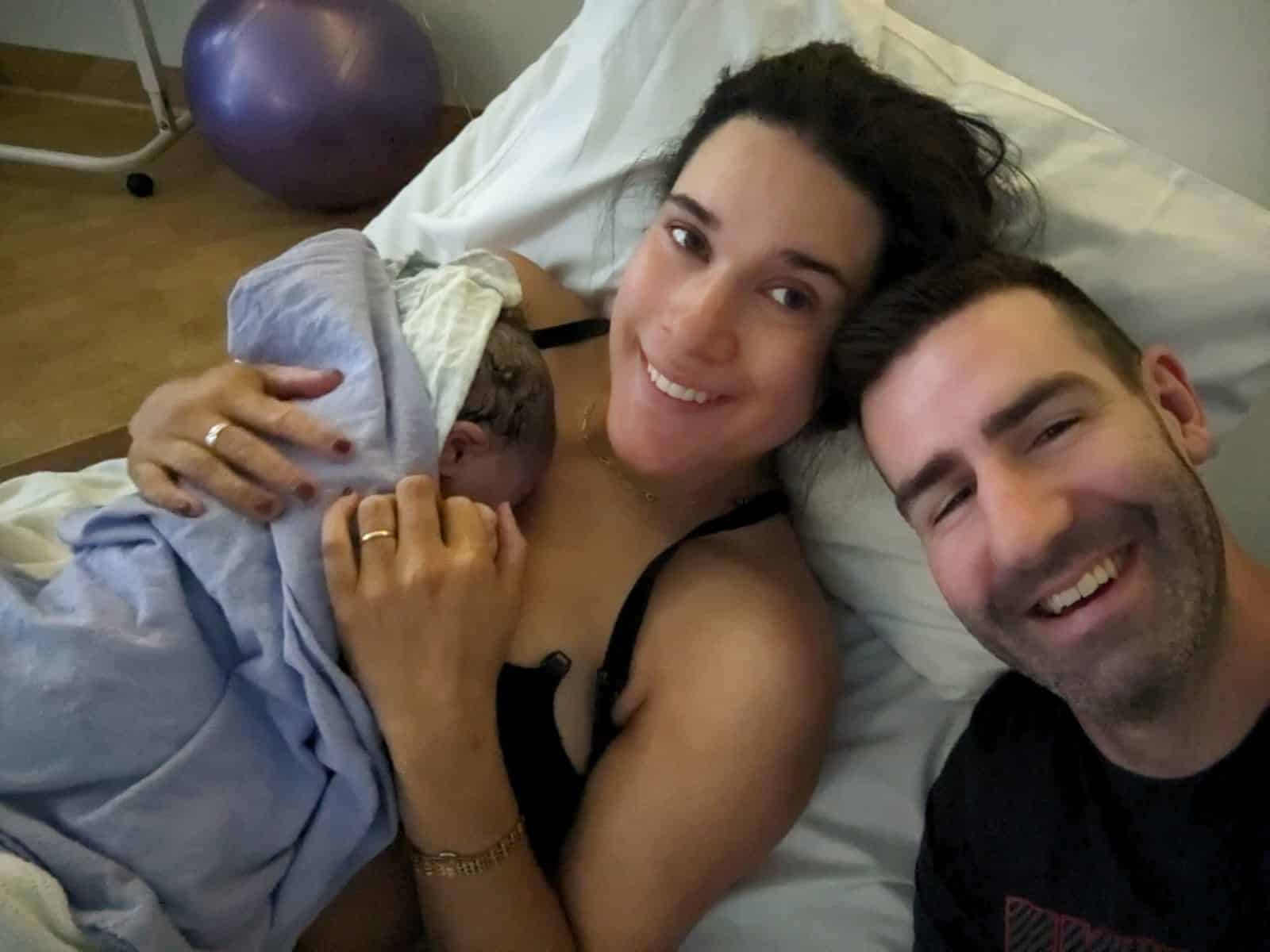Podcasts Melanie
EPISODE 282
Melanie
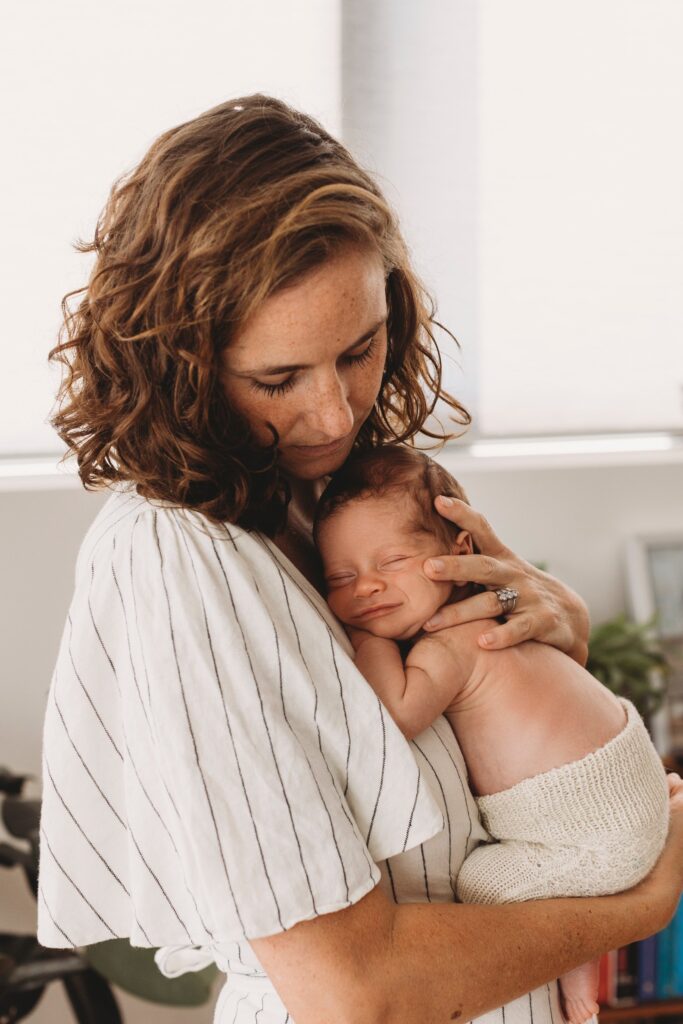
Mel had been studying midwifery for 18months when she decided to start trying for her first baby. She has endometriosis and PCOS so when she realised she wasn’t going to conceive naturally, she started IVF and fell pregnant on her third transfer. When it came time to choose her care provider she admits that she was torn between midwifery group practice and a private obstetrician.
“I had a lot of knowledge and knew that continuity of care was an important factor in best outcomes for both me and my baby. I have a fairly complicated medical history; I have endometriosis and PCOS and an adrenal disorder that I see an endocrinologist for and it’s not common so my specialist was not sure how I would respond to pregnancy and birth. Considering the unknowns and my IVF experience we chose to have a private obstetrician. She was really respectful of my desire to normalise things and not go down the medical path. I had a decent amount of knowledge but it was still my first time being pregnant so she was kind and informative and supportive of my husband and I. Care is based on the individual care provider, not so much the model of care.”
Mel’s first trimester was defined by nausea and she admits she was still quite nervous, made worse by the fact that she was learning about all the things that can go wrong in pregnancy at university. She was complacent with her preparation because she understood the anatomy and physiology of labour and she had assisted a lot of women in their labours. Together with her husband, Alex, she did a Calmbirth course but didn’t put any of the skills she learnt into practice.
“My labour started like it does in the movies with the massive gush of my waters breaking. I’d started having braxton hicks in the days previous. The amniotic fluid was clear and the baby was moving so I called the hospital and they encouraged me to stay at home for a few hours and get some rest. I went to bed a bit excited and as I lay there the contractions started increasing and once they were every five minutes I got up and watched tv. We drove into hospital about 2am and for every contraction I had to get out of the car and stomp and once I got to hospital I had the devastating news that I was only 2cm. I said straight away that I needed something so I tried the gas which helped me focus on my breathing but as all women say, it doesn’t take the pain away. I then had pethidine and it was enough to give me a bit more time but within an hour I could feel myself losing control, as could my husband and midwife, and soon after I had an epidural. It slowed my contractions down after a few hours and I sat at 9cm so they gave me the syntocinon drip and a few hours after that my obstetrician noticed that I had an anterior lip.
“If the baby’s head is low in the pelvic and there’s a bit of a lip there, they can often just push past it, especially in subsequent (second or third) births. My obstetrician had my permission to push the lip out of the way but having the epidural it took me a while to understand where and how to push. After an hour and a half of pushing he still wasn’t coming and his heart rate indicated that he was a bit stressed so the recommendation was a vacuum; it was one big push from me and one pull on that and he was born. I told my obstetrician that I didn’t want an episiotomy and she respected my choice; I had a second-degree tear which was sutured soon after birth.
“What I’ve learnt about breastfeeding is that often the first few times you’re feeding your newborn, you’re not thinking too much about it because you’re not experiencing pain. I wasn’t paying attention to Leon and how he was latching and a day later, by the time that I realised I hadn’t been paying attention, the damage had already been done. So I had to get back to basics and really concentrate on what I was doing. My advice to new mums is this: In the first few days really focus on how your baby is latching because it will definitely effect your experience in the weeks following.”
Mel was intent on finishing her degree and wanted to work in the hospital to solidify her training before she fell pregnant again. When the time was right, she did IVF again and her final embryo took on the first transfer.
“My medical issues were easy to manage during Leon’s pregnancy so I felt confident with midwifery care for the second pregnancy. Interestingly, when I stopped breastfeeding Leon and my period came back I developed pelvic floor issues which weren’t apparent immediately after Leon’s birth. I had a heaviness every month and it felt like everything was falling out. It turns out that I had a minor but significant vaginal wall prolapse. I worked with a women’s health physio and fixed it but from 18 weeks in Ethan’s pregnancy the heaviness came back and I freaked out. They have an awesome physiotherapy department at the Royal Women’s and I worked closely with them and had great results from early intervention. Don’t put it off if you have symptoms! Go and see someone. My physio explained that the pregnancy itself, nine months of change in hormones and weight on the pelvic floor is a massive determinant to pelvic floor issues. If you do the work in pregnancy to strengthen and support, you’ll be surprised how well you recover.
“Once I got on top of my pelvic floor issues I developed vulva varicose veins; turns out lots of people have them but not many people talk about them. I went to my physio and she recommended a support strap – it’s like a pair of undies that lifts everything and that saved me, especially when I was doing a 12-hour shift at work. I was very vocal about my experience because if you were experiencing it and you suffered through it in pregnancy, it would be even worse. Everything changes and looks very different once you’re pregnant. It was instantly gone after birth…it took a few days before it subsided but by the time I left hospital I remember feeling how amazing I felt.”
“Ethan was born at 37+4. I’d just put Leon to bed and I got up and felt like I was a bit more wet than usual. Over the next hour or two I was leaking clear fluid but it was more of a hind water leak. I called the midwifery group practice number and the midwife I spoke to asked me all the questions about how I was feeling, whether the baby was moving, what my contractions were like. Everything was normal and I wasn’t contracting so I stayed up for a few hours, had something to eat, but by 10pm nothing was going on so I decided to go to bed. I was tossing and turning but I did get some sleep. I’d been having braxton hicks from 20 weeks and they were really persistent from 25 weeks so the mild contractions I must have been having just felt like braxton hicks. I got up to wee at 5am and I remember thinking it had been a long time since I’d gone to the toilet and I had the massive gush of my waters breaking; it was clear and the baby was moving. I cleaned the floor, put the towels in the washing machine and hopped into the shower and my contractions began and once I’d dried off they were quite intense. I woke my husband and after he came back from making a coffee he commented on how strong they were.
“I moved to the loungeroom, I was stomping around which helped and ten minutes after that I told my husband to ring Kate, our friend, who was going to look after Leon. I got in the shower, Kate arrived and then we called the midwife who could hear me and she told us to get to hospital. This was 6:05am and I couldn’t get out of the shower, as I was saying no no no no no, I realised I was transitioning. I did try to do an internal just to get an idea because I couldn’t imagine that I was transitioning, I could feel the head but I wasn’t sure about my cervix.. I stepped out of the shower, asked for more towels and told him the baby was coming. He went from the bathroom to the hallway cupboard and he came back and said: the head is out! The weirdest part about it is that there was no pushing, no pressure, I fell to my knees because I could feel something happen. On the next contraction his body was born.
“At first my husband and I were elated but that moment very quickly changed its tune. When he came out he was white as a ghost. Most babies are blue when they’re born and then they slowly pink up but his colour wasn’t changing and his body had no tone, he was completely floppy, his eyes were staring up at me and he wasn’t making any effort to breathe. His chest was occasionally rising and falling, and he would occasionally grunt. My husband was on the phone to the ambulance and Ethan remained unresponsive. I knew he was still connected to the placenta but I also knew that it could birth at any point and then he wouldn’t have any oxygen or blood circulation.
“The ambulance service encouraged us to rub his back. The person on the phone was not a paramedic but there was a paramedic in the room and he quickly took over the conversation. Once he knew I was a midwife he asked me what Ethan’s apgar was, which is a measure of the baby’s overall health. I got my stethoscope and his heart rate was 100 (it should be between 110-160). It was strong enough that I didn’t need to worry about cardiac support but he got next to no points for anything else. I started giving him CPR at this point. We kept asking about the ambulance’s ETA but they kept telling us there were no vehicles to dispatch and they didn’t have anyone to assist us. Alex and I decided to get in the car and drive to hospital. I had Ethan wrapped in towels and got Alex to findme a pair of adult diapers because I was concerned about the placenta falling out.
“We were controlled and calm and I was trying to do CPR as we drove. There was no improvement in Ethan; the apgar goes from 0-10 and most babies are an 8 or 9 at the 1minute mark and anything under 7 needs treatment. When we got to the hospital, he was 30-40minutes, they gave him an apgar of 3. They were waiting for us, I got in the wheelchair and they had a mask and bag to assist him on our way to delivery suite. Once we were there they cut the cord and took him to the resuscitate and then they called rapid response and neonatal code blue so the room was flooded with people and…it’s a bit of a blur. They whisked him off to the NICU and Alex went with him and I was in this weird dazy state, I was in so much pain and I was still in shock.
“The midwife came and told me that Ethan was in the nursery, he was intubated, he had canulas for fluids and antibiotics and they were waiting on blood results. An hour later I went to see him which was really scary and a few hours later the head consultant saw us and said there had been a massive improvement since giving him some blood so we could breathe a sigh of relief….we knew he was going to be ok but we didn’t know the impact of what had happened. The hardest thing was that he had to have his whole body cooled; babies who suffer an acute hypoxic event are put into a hyperthermic state to minimise neurological damage. The optimum time for this is 72 hours, so he was on his bed for that time and we couldn’t hold him. That was the hardest part.
“No one knows why it happened so what they treated him for is Hypoxic ischemic encephalopathy (HIE) which is basically when they’re worried about brain damage caused by oxygen deprivation and limited blood flow. He had all the symptoms but they don’t know the cause of it. He came off the cooling after 3 days and then he had ECGs, MRIs, more blood tests and a review from the neurological department. All the tests came back as normal as they expected, everyone was really happy and even the doctors were amazed at how quickly he recovered. We went straight home from the NICU.
“Once we settled into normal life with a newborn and a big brother, everything we went through felt really surreal. I had a lot of debriefing but Alex and I will follow up and we do have a fair bit of follow up appointments for Ethan; we’ll have growth and development checks for his first few years. I think the important thing to note is that this would have happened regardless of where I birthed, I’m very wary of not making this about homebirth. If I had a planned homebirth, my midwife would have had that initial equipment, like oxygen, to assist.”
First Aide:
Birth beat If you’d like to learn more about Baby CPR please check out the BirthBeat Online Baby and Child First Aid course. You can SAVE $50 off the course today with the code: SOPHIE50. Head to www.birthbeat.com
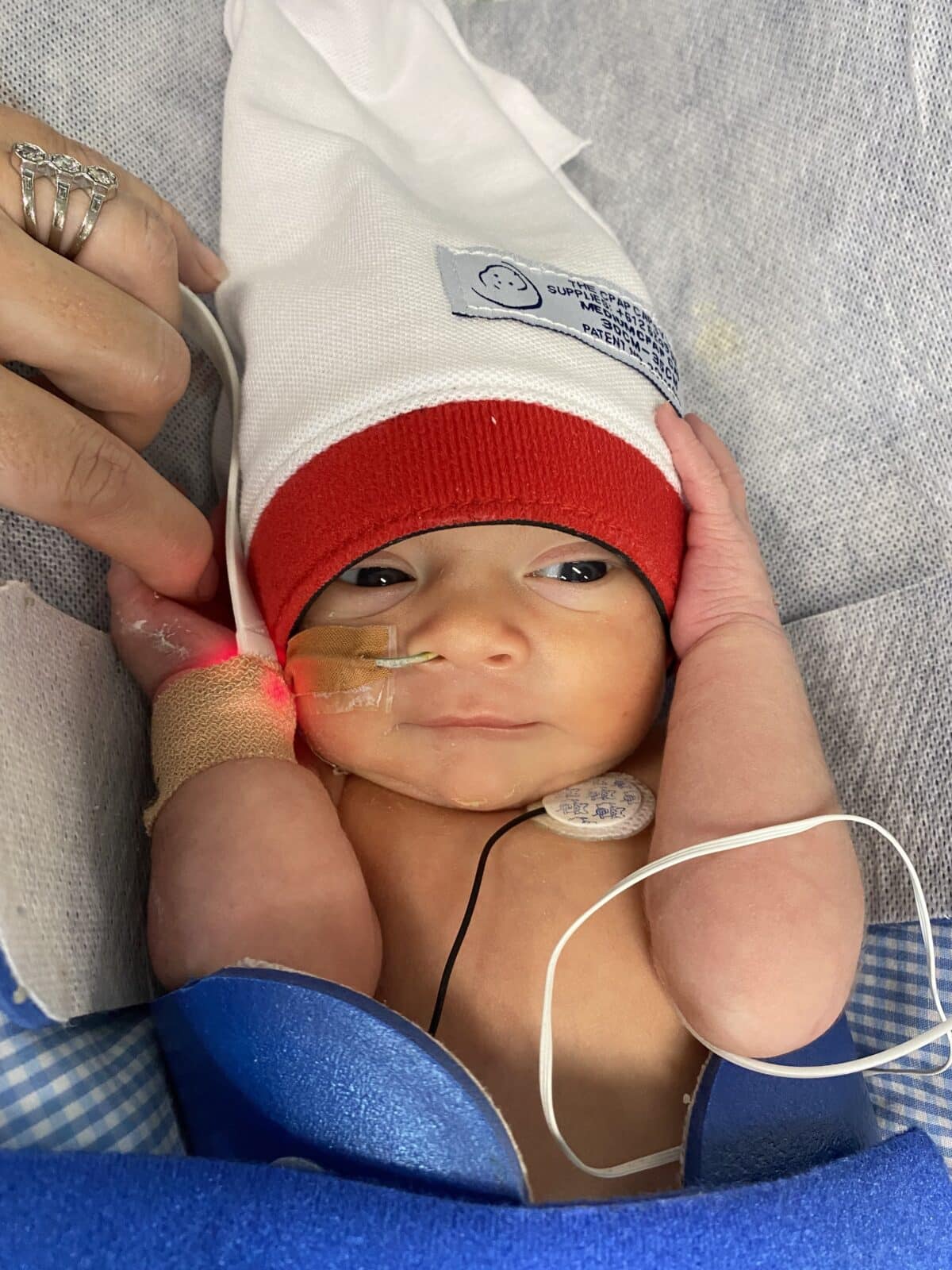
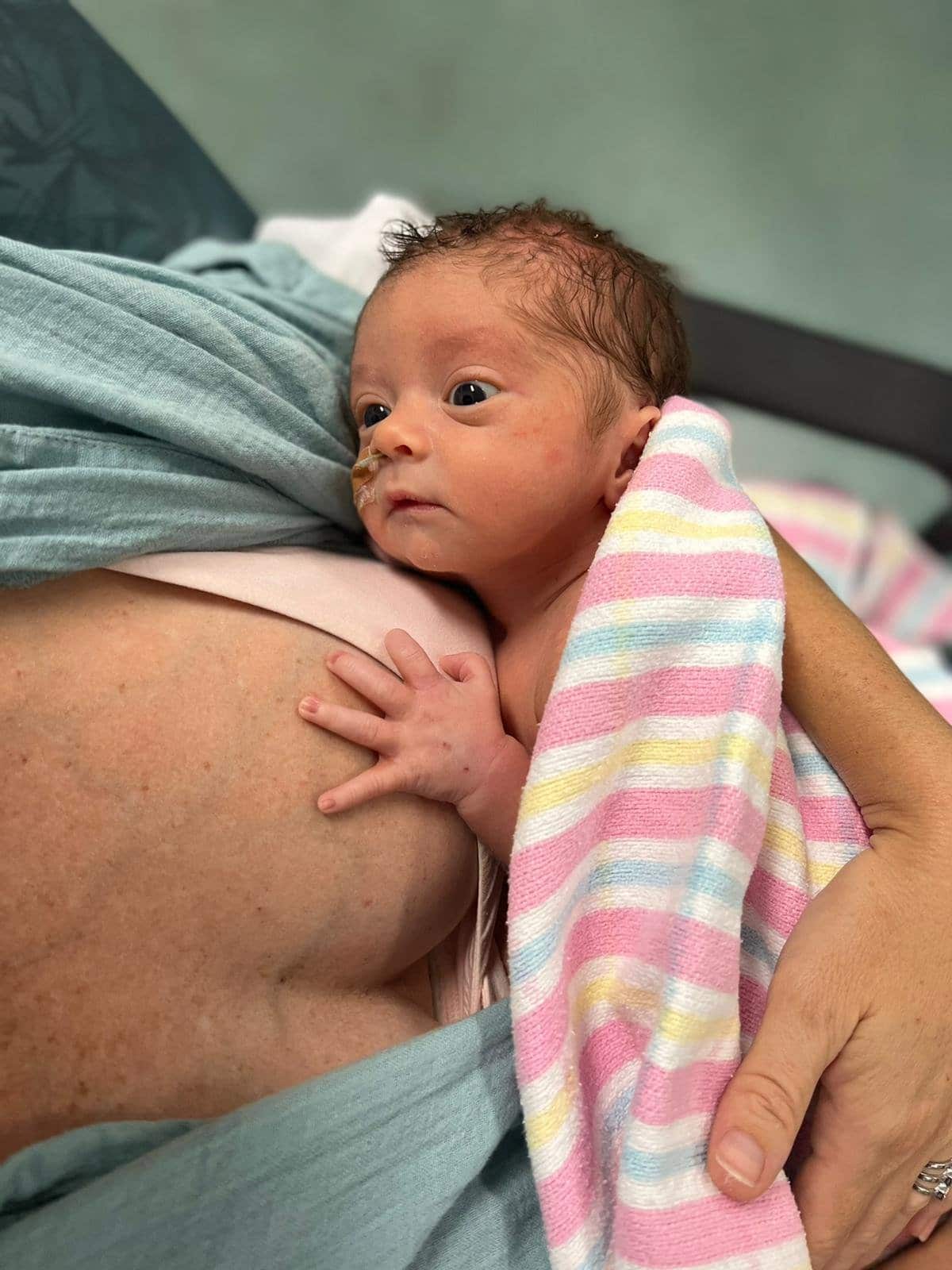

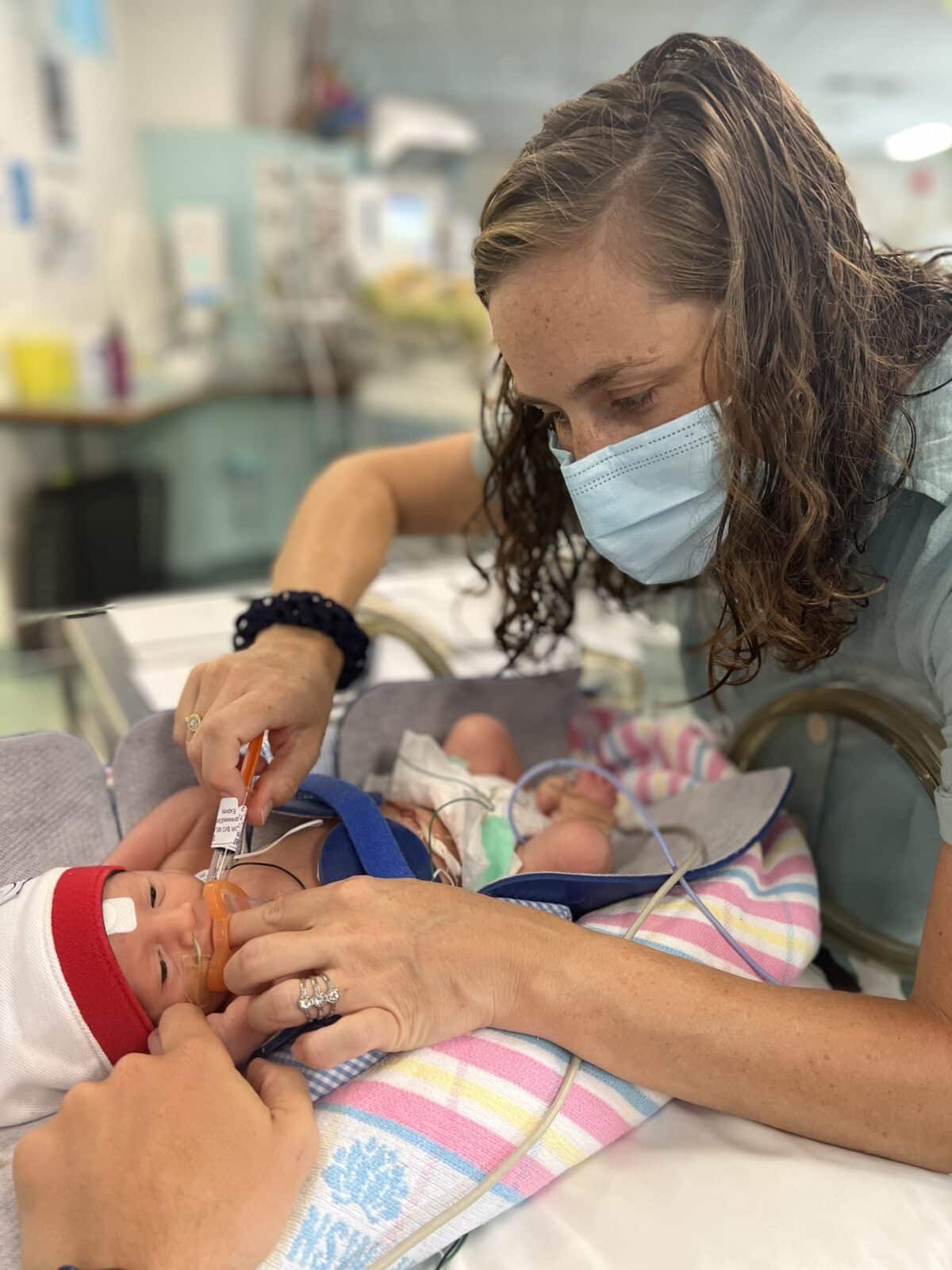
Topics Discussed
Accidental home birth, Emergency, Endometriosis, IVF, MGP, PCOS, Two Vaginal Births
Episode Sponsor
Today’s episode is brought to you by DockATot. This multi-award-winning baby lounger is uniquely shaped to recreate a womblike environment to soothe and settle your baby. The DockATot has thousands of 5-star reviews from parents across the world who’ve enjoyed its calming effects on their babies. New parents often say the DockATot is like having an extra set of hands always at the ready because it offers baby a safe place to rest or play wherever you are. Being lightweight and portable, the DockATot can be used around the house and is also perfect for family adventures to the park, beach or beyond.
Handmade in Europe from premium quality materials, the DockATot has become an absolute global parenting must-have. So if you’d love an extra set of hands around the house to help you as a new parent, check out DockATot.com.au and as an ABS listener you can enjoy 10% off any DockATot and their amazing range of accessories. Just enter the code ‘ABS10’ at checkout.
Categories
Related Products
-
The Birth Class
106 reviews$249.00The empowering online childbirth education program that will help you confidently prepare for birth.
Join the conversation
Sign up to get the latest updates, freebies, podcast releases straight into your inbox
@AustralianBirthStories
Follow along with us
@AustralianBirthStories
Follow along with us
@AustralianBirthStories
Follow along with us
@AustralianBirthStories
Follow along with us
@AustralianBirthStories
Follow along with us
@AustralianBirthStories
Follow along with us
@AustralianBirthStories
Follow along with us
@AustralianBirthStories
Follow along with us
@AustralianBirthStories
Follow along with us
@AustralianBirthStories
Follow along with us
@AustralianBirthStories
Follow along with us
@AustralianBirthStories
Follow along with us
